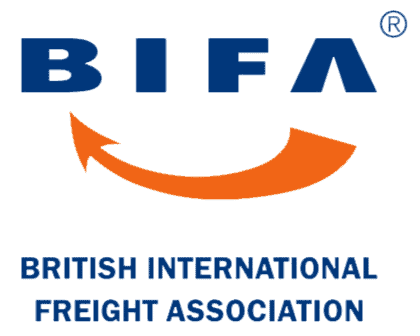Cost-effective deliveries from Hong Kong and across the Globe
Hong Kong is a free port with some of the lowest tax rates in the world.
Importing from Hong Kong to the UK
Because of its friendly and straightforward tax structures, Hong Kong employs the world’s busiest airport for international freight and is a very active container port. The UK mainly imports machinery and telecommunications equipment from Hong Kong, and if you are a new company looking to get into the business, here are the details you must know about importing from Hong Kong to the UK.
EORI registration
You will require an EORI number when declaring your goods at the UK port; therefore, it is wise to get one in advance. Apply to HMRC for an EORI number, and they will provide it within three days or five days if they need to make additional checks on your business.
If you register for VAT, your VAT registration certificate will automatically come with an EORI number. To import controlled goods with obvious or potential military use, you will also need to get an import license.
Import Requirements
Choose your Trading Terms
Choose your Trading Terms
Free on Board (FoB) and Ex Works (EXW) are the two common trading terms used when importing from Hong Kong. In FoB trading terms, your supplier covers the local costs of transporting the shipment to your freight forwarder’s warehouse. When importing on Ex Works trading terms, you are responsible for the entire transport process.
Importing on FoB terms is often cheaper than EXW because the supplier can handle the local costs at a more affordable price than your freight forwarder. However, you can only benefit from reasonable local transportation costs for LCL shipments and not FCL shipments. Additionally, you do not have to deal with any documentation in Hong Kong. However, with FoB, you risk having your supplier suddenly refuse to pay the local charges or charge you extra to cover the local costs, which increases your overall trading costs.
When importing from Hong Kong on EXW terms, you have the benefit of being in complete control over the entire shipping process. This means that you will get your products at a slightly lower price since the supplier won’t include local shipping costs with the invoice. However, in the long run, EXW is more expensive since the supplier does not share the transportation costs.
When trading on EXW terms, ensure that your supplier provides you with their export license as you will need it for clearance. Also, ensure that your selected freight forwarder can provide a door to door service and handle customs clearance.
Before choosing which trade terms to use, assess your options and select the terms that will be most beneficial to you. Most importantly, get the agreement with your supplier in writing.
Import Duty and VAT
Import Duty and VAT
To pay the right import duty for your shipment, you will need to have the correct commodity codes for your goods. You can find the code in the online Trade Tariff, and it will show you any tax or duty that you need to pay. The UK imports mainly machinery, telecommunication equipment and transport equipment from Hong Kong and you can find the commodity codes for these goods in chapters 84, 85 and 87 respectively.
When you’re importing from Hong Kong, you’ll need to pay the VAT directly to HMRC to ensure that you pay the UK VAT only and not the Hong Kong equivalent of VAT on top of that.
Choose a Method of Transport
Choose a Method of Transport
When importing from Hong Kong to the UK, your main options are sea freight and air freight. Transit time and price are the main considerations when choosing between the two means of transport. Importing from Hong Kong by sea typically takes about 40 days, while air freight takes ten days.
For containerised sea freight, you can import your goods as a Full Container Load (FCL) or Less than Container Load (LCL) where multiple imports share a container. Shipments under 15 cubic meters are best shipped as LCL, while 15 cubic meters or larger are best shipped as FCL. There are three types of containers to choose from at the Hong Kong port.
- A 20-foot container with a maximum weight capacity of 24,000 kg that stores approximately 30 cubic meters.
- A 40-foot container with a maximum weight capacity of 26,000 kilograms that can hold approximately 60 cubic meters, and.
- A 40-foot HQ container with a maximum weight capacity of 28.500 kilograms can hold approximately 70 cubic meters.
Unlike sea freight, the price of air freight rises with the weight of your shipment. If shipping via air, you’ll calculate your costs based on your goods’ volumetric weight (chargeable weight). The airline charges based on a Dimensional Weight Factor based on the aircraft’s loading capacity. For example, for a DIM of 166.67 kilograms per cubic meter, you will pay for 167kg worth of space for goods occupying one cubic meter even if the weight of the goods is 30kg. For heavy goods weighing 300kg, you will pay for 300 kilograms and not 167kg.
Here at Barrington Freight, we’re proud to be experts in providing quick, cost-effective freight forwarding solutions to the UK from Hong Kong and other Chinese ports. We’re strategically placed near the M25 for efficient service to London and the surrounding area. With hundreds of vehicles strategically placed across the whole of the UK, we ensure optimum availability at any one time regardless of your address. We operate from the Bowden Terminal in Basildon, Essex, but our express services are still available if you live further afield. Contact us today for a quote!


